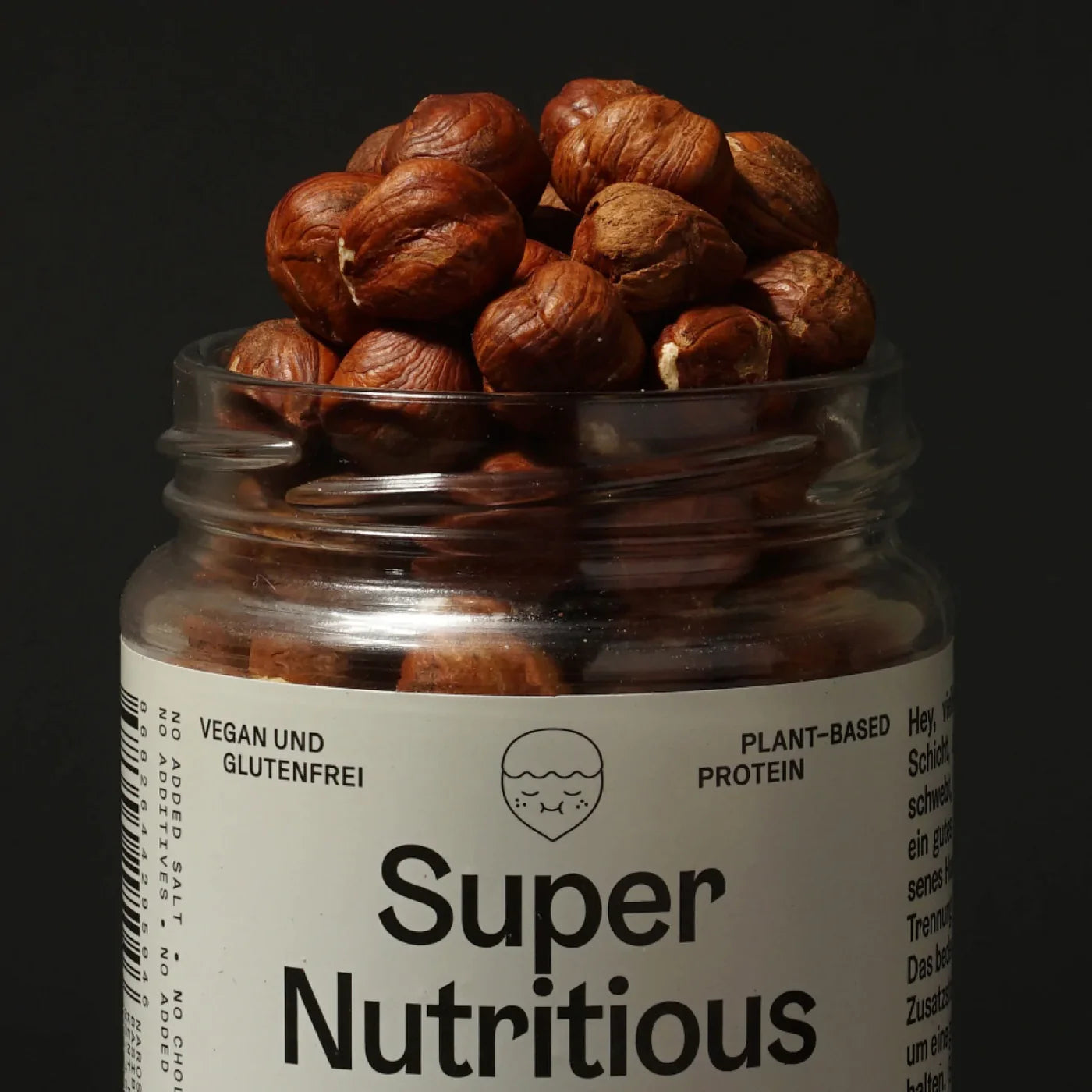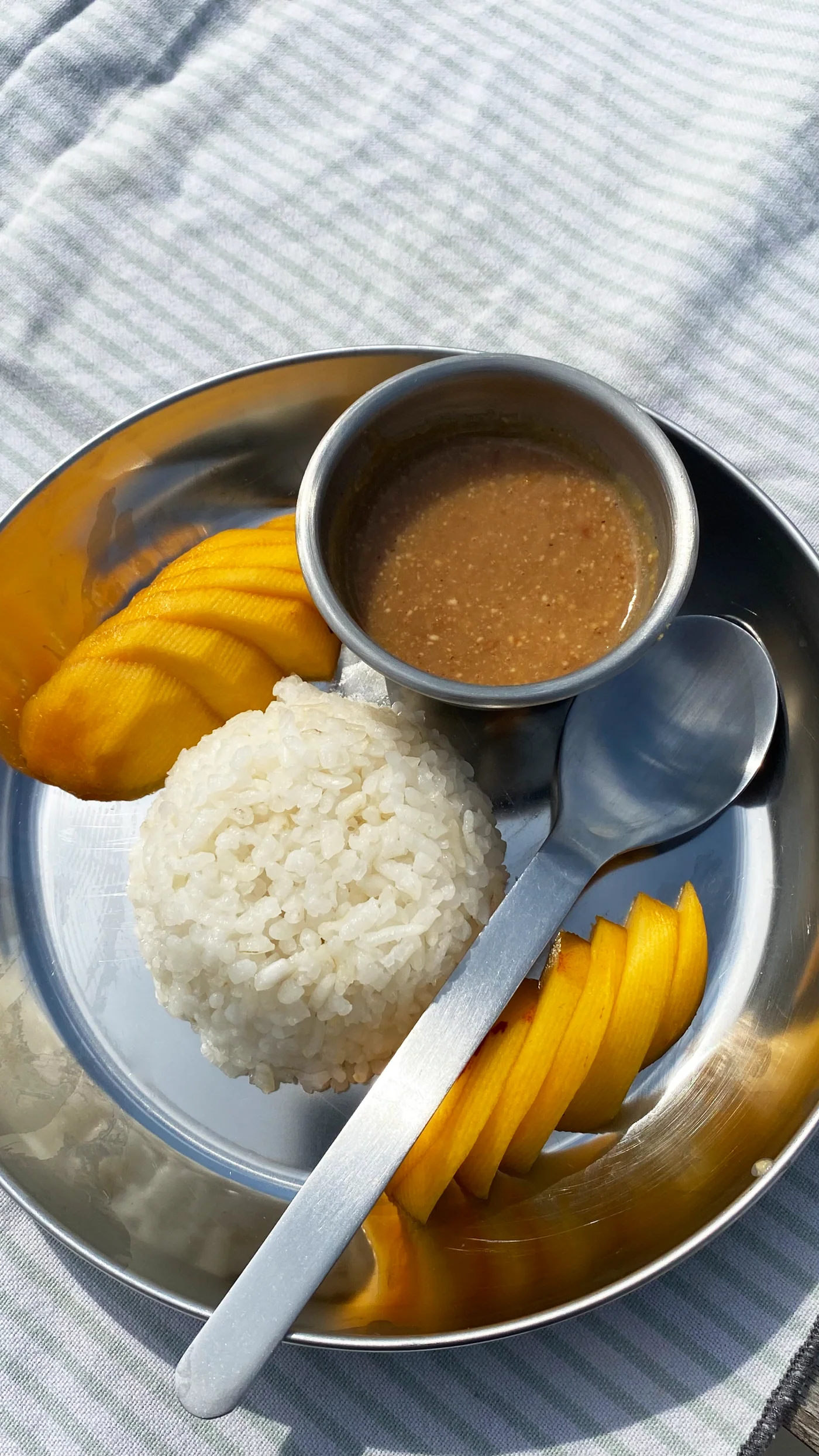What Does Hazelnut Do To Your Body?
Hi, buckle up, this one is going to be a very serious read. Because as the world's first hazelnut nerds, we're very serious about hazelnuts.
Being authentic, embracing our nature, and becoming our best versions is what brings CRAVERS Clubmembers together. We don’t settle? for fake or sloppy. That is why we sunbathe rather than hitting the solarium, pet a cat to relax and not a stuffed toy, don’t hurt animals in any way in general, and turn to the least processed food.
This lifestyle is not by coincidence but based on well-thought decisions and interactions that we make every day. Not sometimes, every day. And today, we will go over another health decision and learn why we keep including hazelnut in our daily diet by answering some technical questions.
What are Hazelnuts?
Let’s start with the very basics. Hazelnut is a round-shaped fruit with a pointy bottom and grows on hazel trees. This brown superfruit loves warm winters, altitude, and humic soil. If the temperature goes below 2°C (35.6°F), it gets damaged and loses its quality. The tree blossoms right before spring and is harvested in August.
This tough-shelled nutritional treasure can be produced in Mediterranean countries with mild climates like Turkey, Azerbaijan, Greece, Italy, Cyprus, Spain, and southern Georgia. However, the special conditions required to grow this delicate fruit limit the best kinds to a particular geography, to Northern Anatolia to be specific. This type grown here is named corylus colurna, also called the Turkish hazelnut orfilbert. Turkey is the world’s biggest hazelnut supplier which produces about 73% of the global market.
Locals classify hazelnuts into two groups based on their quality: Giresun and Levant.
The Giresunhazelnut, named after the province it is grown in, is the highest quality hazelnut in the world. When decorticated, meaning it is separated from its hard shell, the diameter of the hazelnut is about 13-15mm. Giresun's quality is fatty, nutritious, aromatic, and delicious with a unique scent. It is what CRAVERS hazelnut spreads and energyballsare made of.
The Levant is the name of all kinds grown in the area other than the Giresun type. The fat level is lower than the Giresun type but still higher (and tastier) than the kinds grown in the other types of the world.
There is also a shape-based classification:
- Round Shape
- Pointed Shape
- Almond Shape
The round hazelnuts are very rich in fat and protein. This is what Giresun hazelnuts are. And CRAVERS, too!
Now, let’s go over the various health benefits of consuming hazelnuts on a regular basis.
Health Benefits Of Hazelnut
Why is the CRAVERS Clubrevolving around hazelnuts?? Because they are freaking healthy. Providing clean energy for your body also helps weight control and loss. With the vitamins, minerals, fibers, antioxidants, micronutrients, and fats they contain, hazelnuts are super beneficial to your skin, eyes, heart, brain, and overall immunity. The top three vitamins in hazelnuts are vitamin E, K, and C. You see, these little sneaks are more than what they are to the eye. Read it yourself.
Effects on the Skin
Thanks to the rich vitamin E it contains, hazelnuts hydrate the skin, help heal scars, and produce more collagen. Hazelnut oil protects you from UV ray damage and fights acne. Bonus: The hazelnut is also good for your hair! Keep eating hazelnuts and keep glowing.
Anti-Aging and Pressure Relief
To keep a healthy diet, 15 milligrams of vitamin E is recommended for adults. And hazelnut is the second-best source of vitamin E (after vegetable oils). Eating an ounce of hazelnuts (just about 25 kernels) provides you the 20 percent of your daily vitamin E needed. It also contains two essential antioxidants: vitamin A and C, which help delay the formation of wrinkles and fine lines.
These antioxidants and omega-3 also help lower and regulate blood pressure, blood sugar, and cholesterol levels, in addition to inflammation which leads to strengthened bodily functions, and pressure relief.
Balance your pH levels
The pH level of the human body is 7.4. 7 is called the natural level and what is below 7 is considered acidic, while what is above is alkali. The pH value of hazelnuts is 6.8, which is very very close to the natural. This means eating hazelnuts every day helps balance your pH levels.
Hazelnuts are also antioxidants for the body
Hazelnuts are a great source of antioxidants. The rich vitamin E contained in this super-dried nut is a soluble lipid phenolic antioxidant. These antioxidants can turn hydrogen atoms into independent roots, which are considered potential inhibitors against cancer, diabetes, and heart diseases. We mean, relax and keep licking that spoonful of hazelnut spread. Yummmm…
It has many benefits for the eyes
Want to preserve your sight? Just eat some hazelnuts or some Cravers. They are good for your sight since they are a rich source of vitamin E, one of the best friends of your eyes. And they strengthen the eye against damages or deteriorations such as age-related macular deterioration (AMD) and cataracts. You see, everything links back to vitamin E;)
Helps with Fertility
Being a rich source of proteins, antioxidants and lipids make hazelnuts a perfect food to help increase fertility, especially in females. Studiesshow that the iron, zinc, selenium, and calcium in hazelnuts increase the chance of getting pregnant. It does not stop there! Eating a mindful amount of hazelnut daily helps you experience a smoother pregnancy. And even more, havesmarter kids!
Beneficial for Brain Development
The amino acids and fat in the hazelnut help regenerate and boost healthy brain cells. The healthier your brain the stronger your cognitive functions and memory. So, don’t forget your daily hazelnut dose!
Who is Hazelnut suitable for?
If you are allergic to peanuts and trying to find out if you are also allergic to hazelnuts, this is for you. First thing first, you might be allergic to hazelnuts but you should not automatically assume that. Because peanuts and hazelnuts actually do not belong to the same group. Hazelnuts grow on trees while peanuts grow underground. That is why peanuts are classified as legumes, not nuts. Do not be fooled by the name.
How to include hazelnuts in your diet?
Ah, there are many many ways to include hazelnuts in your daily nutritional routine. And we assure you, there is no “best” way.
Raw or Roasted Hazelnut: Roasted or raw, hazelnuts are very easy to carry around and eat all day. Have some whenever you need and fuel up. And do not forget to stop yourself for calorie control:)
Grounded Hazelnut:You can sprinkle some on your porridge, in granola, in chocolate bars, or bakery.
Hazelnut Spread:If you like PB&J, you’ll like hazelnut spread too! You can have it on a slice of bread, on your porridge, or directly lick from the spoon, your choice!
Hazelnut energy balls:Wanna have a healthy sneak? Have a pack of CRAVERS energy balls. We have them with chocolate, coconut, and more hazelnut:) If you feel creative, you can develop your own recipe by using Cravers spreads and adding whatever you like. Just don’t forget to share with us. We are looking forward to being inspired!
Now it is time to digest all this information while enjoying a full spoon of CRAVERS. And if you are still curious to learn what a miraculous food hazelnut is, keep browsing the CRAVERS Club.




Leave a comment
This site is protected by hCaptcha and the hCaptcha Privacy Policy and Terms of Service apply.